Last updated on June 27, 2022
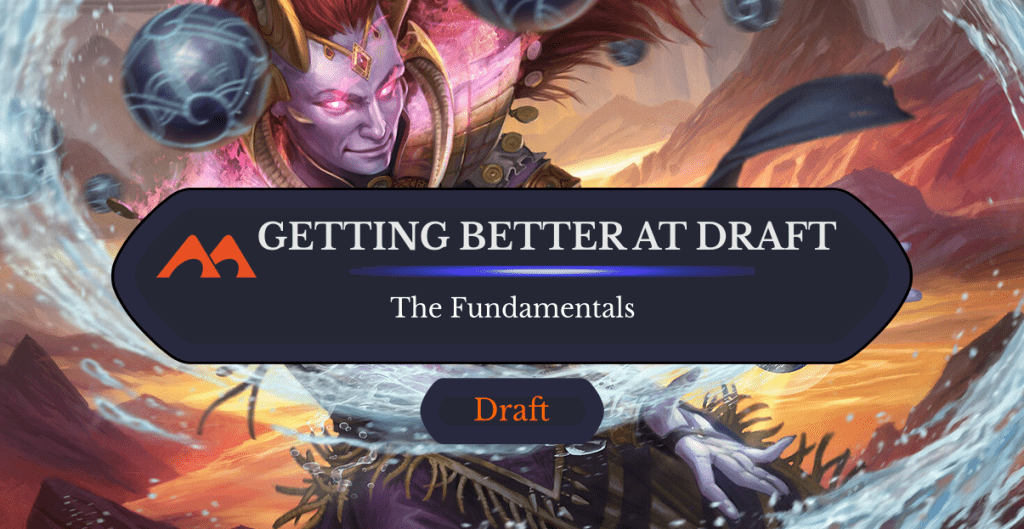
Stolen Strategy | Illustration by Dmitry Burmak
With a new Draft set approaching, it seems like a great time to brush up on the basics. Today I’ll be going over some key concepts that every drafter should be aware of. Mastering these ideas is the first step towards consistent success in the most popular 40-card format.
Ready? Let’s just jump right in!
Where to Start?
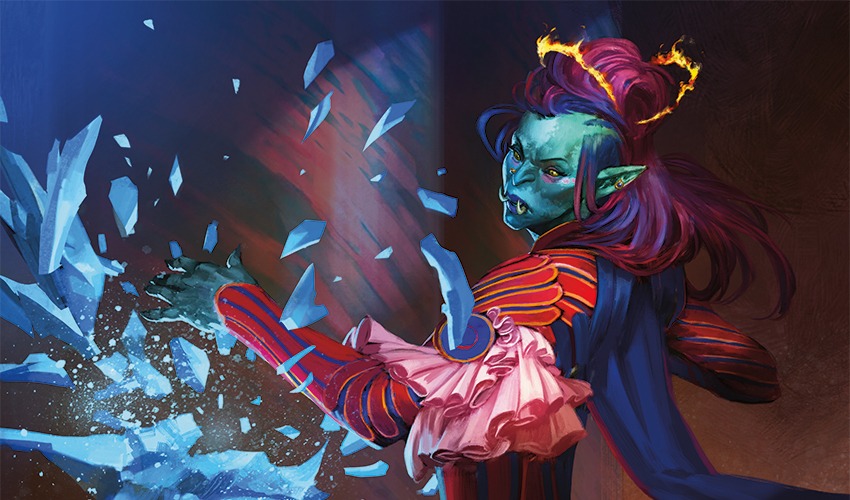
Start from Scratch | Illustration by Bayard Wu
Draft can seem daunting to newer players at first. Each set has 280+ unique cards in it, at least 10 archetypes, several new mechanics, and sometimes there are even complex or unique interactions between cards. Beginning drafters are also usually hit with information overload (“here’s 14 cards you’ve never seen before, you have 50 seconds, pick one!”) which can be overwhelming. So how do you avoid getting lost in the depths of Draft?
The best way to figure Draft out is to do your homework on the set you’re drafting. Being familiar with the set drastically reduces the odds you’ll hit a wall of decision paralysis and make decisions you later regret. This is essential because online drafting is timed, as are Magic matches themselves. Wasting too much time on a pick or play only to make a suboptimal choice can have ripple consequences that weaken your deck or even cost you the match.
How to approach this homework depends on whether the set is older or newer. Sets that are no longer the current thing to Draft are usually easier to pick up since they’ve already been (at least mostly) “figured out” by the community at large. But brand-new sets reward those who pore over spoilers and ScryFall to research archetypes, top commons, synergies, power/toughness analysis, etc.
For older sets you should seek out pick orders, guides, archetype guides, etc. as well as trophy decklists, draft replays, etc. Search for as much info as possible for what the format’s about, what works in the format, what doesn’t, and why. An example of this in practice would be seeing Dominaria back on MTG Arena and then referring to our Dominaria pick order to know which rares you shouldn’t pass.
Regardless, it's also a good idea to just practice for free on Draftsim's draft simulator.

Newer Sets
Drafting newer sets gets a whole section because it’s inherently more loaded than evaluating a set the community has played for 3+ months. If you’ve ever tried to do a set review for a brand-new set then you know that a lot of cards inevitably surprise you with their power level.
This surprise has gone both ways for me. To give some Neon Dynasty examples, I overrated Surgehacker Mech, Upriser Renegade, and Silver-Fur Master in my initial ratings while underrating Kappa Tech-Wrecker, The Modern Age, and a few other strong uncommons/commons. But pre-rating and evaluating cards is very valuable when preparing to learn a new set.
Evaluating New Cards
Card evaluation is a familiar sport to anyone who’s played this game but it’s vital for your success in Limited. Let’s use a new card no one has played with yet to make this as clear as I can.
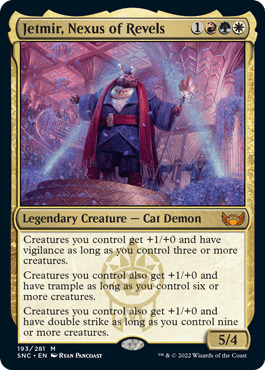
Before we get into Jetmir, Nexus of Revels’ abilities, start by noting that this not-so-pretty-kitty is a 5/4 for four mana with three different colors. Vanilla-test wise you’d expect to get a 4/4 for four mana as a normal rate (see Jukai Preserver, Shadowbeast Sighting, Baloth Gorger, etc.). So Jetmir is slightly better than that, but also costs three different colors of mana, an unstated drawback that can vary in significance depending on a set’s architecture.
This matters in sets with poor mana fixing like Zendikar Rising or Theros but it’s rarely a problem in other sets like Kaldheim, Modern Horizons 2, and the like. There's quite a bit of mana fixing in Streets of New Capenna because of its focus on 3-color guilds.
Anyway, Jetmir’s real sauce is in its three abilities. The card’s structure rewards going wide, wider, and “widest” with increasingly ridiculous bonuses. Here’s my Limited evaluation of the card based on the rate offered by these abilities:
- 0-2 creatures: Playable vanilla-ish creature if you aren’t crippling yourself to splash it.
- 3-5 creatures: Very good rare.
- 6-8 creatures: Opponent is dead or barely hanging on.
- 9+ creatures: Opponent is dead, no exceptions.

This kind of evaluation makes it clear that, while there may be better cards than Jetmir in the set, I doubt many (or any) of them will be commons/uncommons, so I expect to p1p1 this fat cat every time I see it. You can also see from a different card (Cabaretti Charm) that this go-wide theme is likely shared in other Naya () cards in the set. So even with just two cards from a set that’s 98% unspoiled, you can start to picture a cohesive strategy for an entire guild.
Using Signpost Uncommons
One of the first things you’ll realize as you get more familiar with Draft is that WotC consistently puts a set of “training wheels” in most Draft sets. These are called “archetype uncommons” and they’re usually 10 uncommons that showcase playable themes for each 2-color pair in a set.
Think of these as a sneak peek as to what a color combo might be capable of in Draft. While we don’t have these for Streets of New Capenna yet we can use past examples from Neon Dynasty to reconstruct how you’d evaluate new ones.
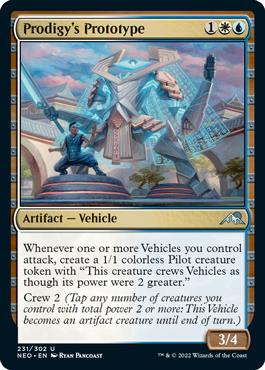
When you see Prodigy's Prototype, do you immediately get what WotC is telling you to do with it? Prototype itself is a Vehicle, a generally aggressive card type we’ve seen in the past. But the most revealing line of text on it is “whenever one or more Vehicles you control attack.” This suggests pairing it (and its created Pilot tokens) with other Vehicles for maximum effect since the Pilots mitigate a key weakness of playing too many Vehicles. With just this info you could then hit up ScryFall and start poking around to see what the skeleton of this emergent “Azorius () Vehicles” archetype looks like.
It’s a Trap!
I used Prodigy's Prototype as an example because it’s actually one of the less linear payoff uncommons out there. Anyone who’s played a good amount of Neon Dynasty can tell you that a full-on “Vehicles deck” rarely comes together. Azorius decks actually play Prototype because it’s good on rate, and they play a couple of other good Vehicles if they have them.
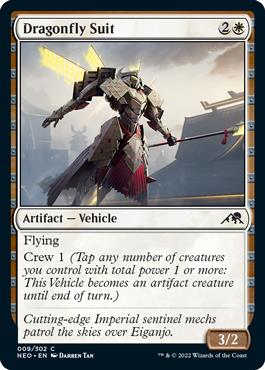
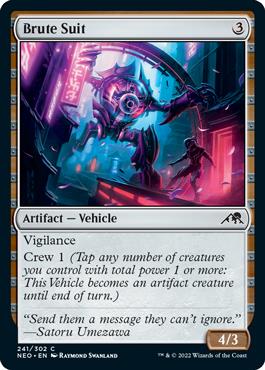
Weaker Vehicles like Dragonfly Suit and Brute Suit require at least three copies of Prodigy's Prototype to look even remotely good. While this is the kind of thing you have to play a set to figure out, identifying synergies on day 0 still puts you ahead of the curve.
Tips for the Draft Itself
So you’ve done some research on the set, you sit down, open that first pack, and suddenly the panic sets in.
Behold the Unspeakable or The Reality Chip? They’re both so good and I’m going to put the player to my left in blue either way! What if I just took Invigorating Hot Spring instead and tried to give up on blue entirely? I’ve also heard Imperial Oath is bah-rho-ken! What do I even pick…?
If you’ve ever had thoughts like this you’re not alone, so I’m here to help you out!
P1P1s
This is where those pick orders you’ve read online shine. P1p1 is also where I often find myself using data sets like 17lands’ card ratings as a tiebreaker. You can also see all of Draftsim's card ratings here.

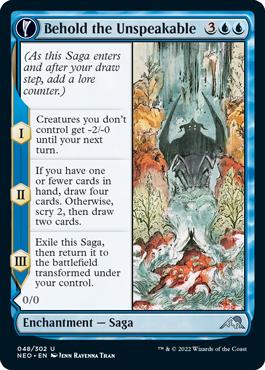

If you have no clue whether The Reality Chip or Behold the Unspeakable is better just pick the one with slightly better stats. There are also other considerations you can use for a tiebreaker. The Chip is much easier to splash since it’s two payments of instead of one payment of .
You can re-evaluate cards on the fly to settle tiebreakers if you can’t remember which card in your pack is the highest rating.
What’s the Best P1P1 Imaginable?
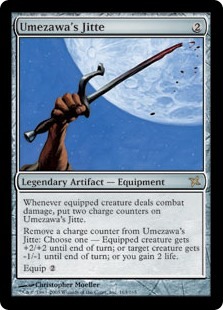
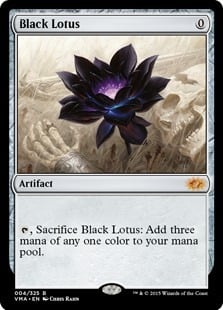

The best hypothetical p1p1 imaginable is Umezawa's Jitte, Black Lotus, Karn, Scion of Urza, etc. Basically completely broken colorless cards that you’ll never cut from any deck.
The next best tier of broken p1p1s are broken bomb rares in one or two colors. If a set has 3-color p1p1s it generally also has the fixing required to support it. A good example of a broken card that you should not be p1p1ing is Omnath, Locus of Creation because Zendikar Rising had very poor mana fixing.
Now What?
So you correctly picked The Reality Chip and now need to pick 44 more cards to finish your Draft. Do you just use pick orders from here on? What if your deck ends up being an un-castable mess? What if you lazily get married to blue and then get cut hard later? How do you proceed?
From that point, you basically want to prioritize power for the first picks you make no matter what your p1p1 rare was. I wouldn’t take medium uncommons like Essence Capture or Prosperous Thief over stronger cards like Twinshot Sniper, Twisted Embrace, and Imperial Oath. On the other hand, color becomes a slight weight in the direction of blue cards, which would lead me to pick something like Tamiyo's Compleation over a comparable but slightly better removal spell like Intercessor's Arrest.
Your goal at the start of a Draft is to gather as many powerful cards as possible while deriving whatever info you can from this. This can be “what colors are open,” “which 2-color signposts tabled,” “which 2-color signposts did not table,” “which colors seem to be completely dry,” “is the rare missing from the pack, how about uncommons,” and so on. The last one is particularly notable because experienced drafters can figure out if you picked an uncommon/common over your p1p1 by process of elimination.
You don’t need to start at this level to succeed in your Draft, but it’s good to be aware of how in-depth you can get.
Tips for Deckbuilding
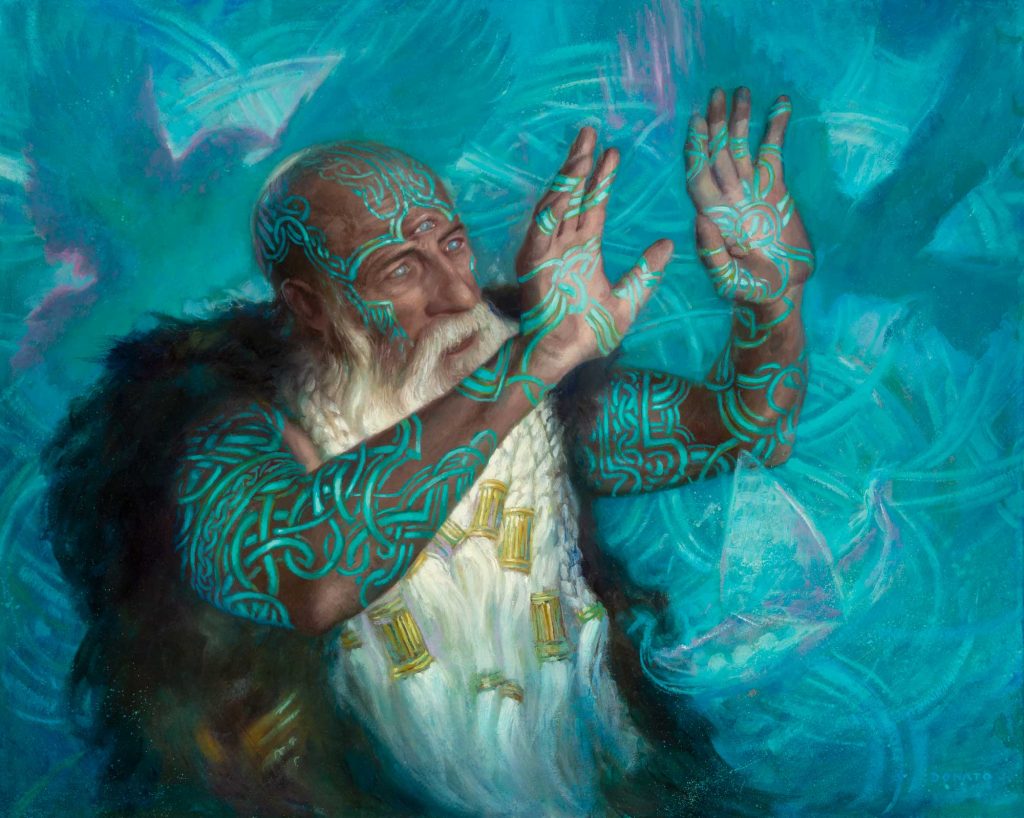
Strategic Planning | Illustration by Donato Giancola
I already talked about this extensively, but here’s an explanation borrowed from me if you’re short on time:
- First, cut everything if you’re lost. This is the best way to get a clean frame of mind for your deck.
- Sort by rarity as though you were playing Sealed. You don’t have to add in every card with a rare symbol, but you should have a good idea what cards you’re 100% going to play.
- Then move on to uncommons. Add the best ones for your deck and make a note of cards that aren’t quite at that level.
- Commons follow. Sort by curve or just overall color view and then start adding cards that really suit your strategy or are just generally high quality. Archetype staples, removal spells, and top commons are usually what you add at this stage.
- Take a breather and assess how far you’ve come and how many more cards you have to add. In the example I only needed three cards, but you could have a less busted Draft deck and need to add more filler.
- Filler is best evaluated by measuring it against your curve, amount of interaction, and potential synergies.
- Once you have a workable 23 cards, give your pool an overall look again and think about if there are some adjustments you could make to improve your deck.
- Lastly, you’ll have to decide on your mana base. I used 10 Island and 5 Swamps in my example deck from this article because I had 15 blue cards, 6 black cards, and three Network Disruptor. Your own mana base will vary!
- Now that you have a deck, send it to your friends (or the Draftsim Discord) and ask them for a second look. Or just send it to them to brag about how many rares you drafted!
Craving More?
You're in luck! You can actually take a whole online course from limited master, Ben Stark. In the course, he goes in depth about how to navigate drafts, when to force decks, and how to evaluate cards. Check it out:
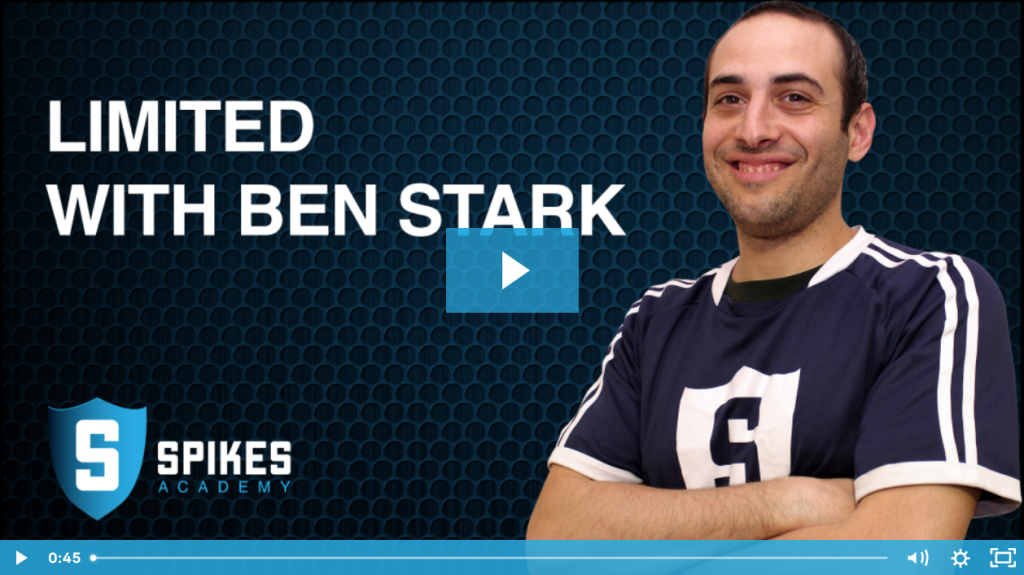
Wrap Up
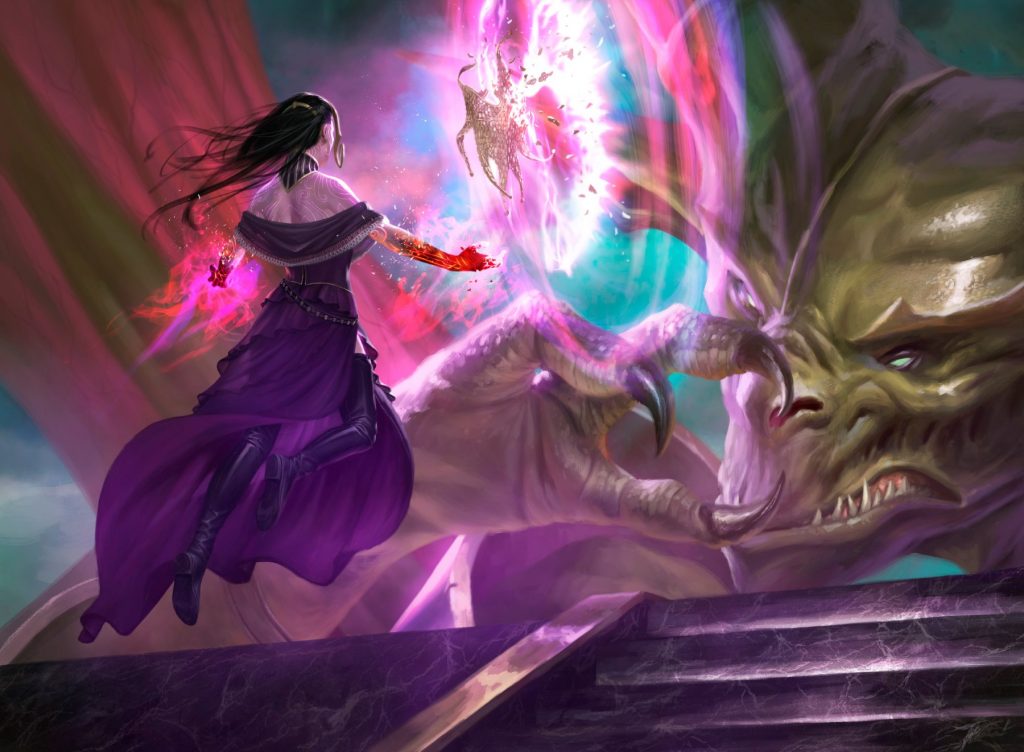
Finale of Eternity | Illustration by Daarken
Draft is a tricky beast but it’s well worth learning. Not only is it a fun and economical way to play Magic and grow your collection on or offline, but it’s also an excellent way to grow as a player. There’s nothing that teaches you the ins and outs of Magic like drafting!
Hopefully this guide helps you eke out some more favorable Drafts in the future. Do you have any other advice or tips that might be helpful? Let me know in the comments down below or over on the official Draftsim Twitter.
Oh and if you want expert card ratings alongside you while you draft on MTGA, then you definitely should download our free app, Arena Tutor.
Until next time, may you always start each new format off with a killer win streak!
Follow Draftsim for awesome articles and set updates: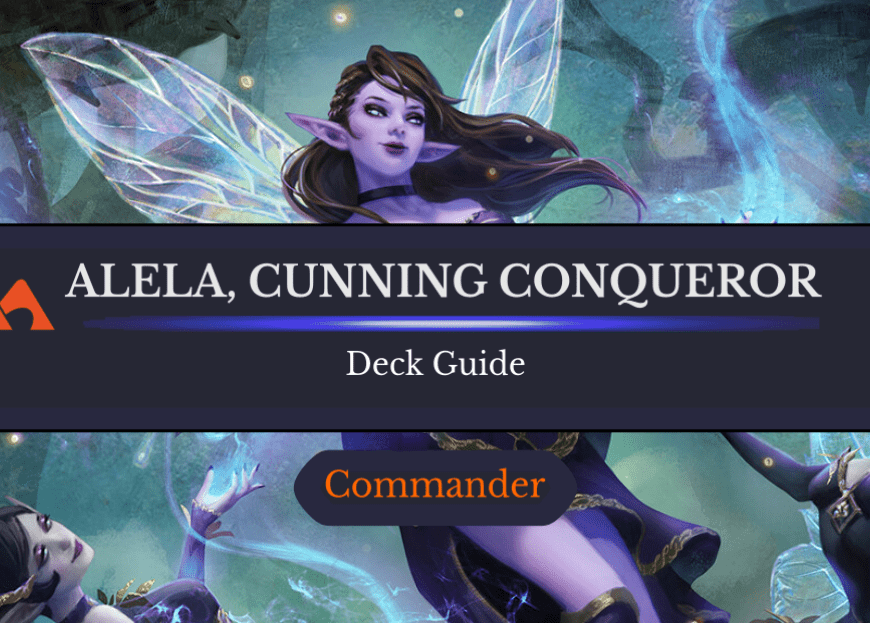
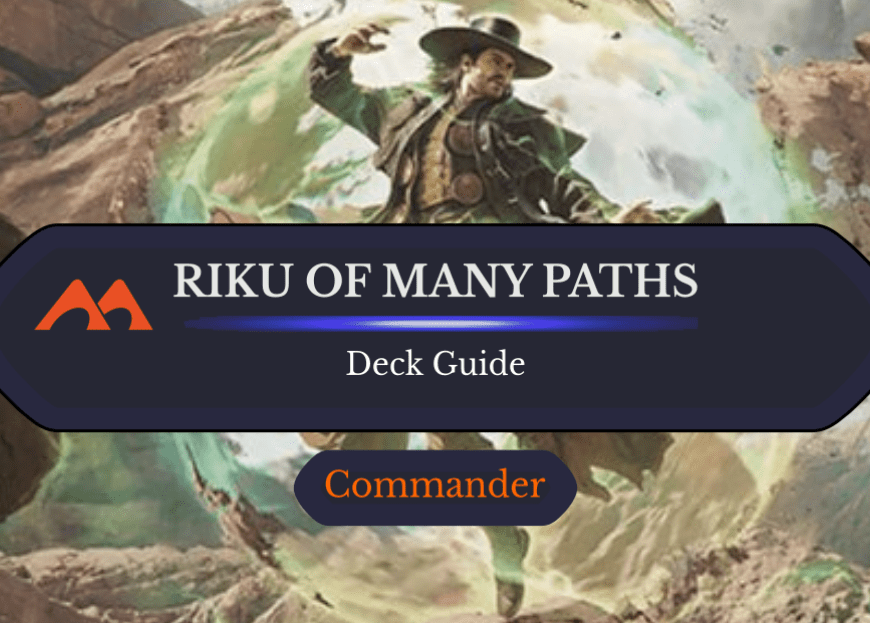
2 Comments
Sorry, I’m not familiar with the term “table a card”. Is it when someone passes you a good card?
That means that you see it in a pack, then it goes all the way around the table and comes back to you.
Add Comment